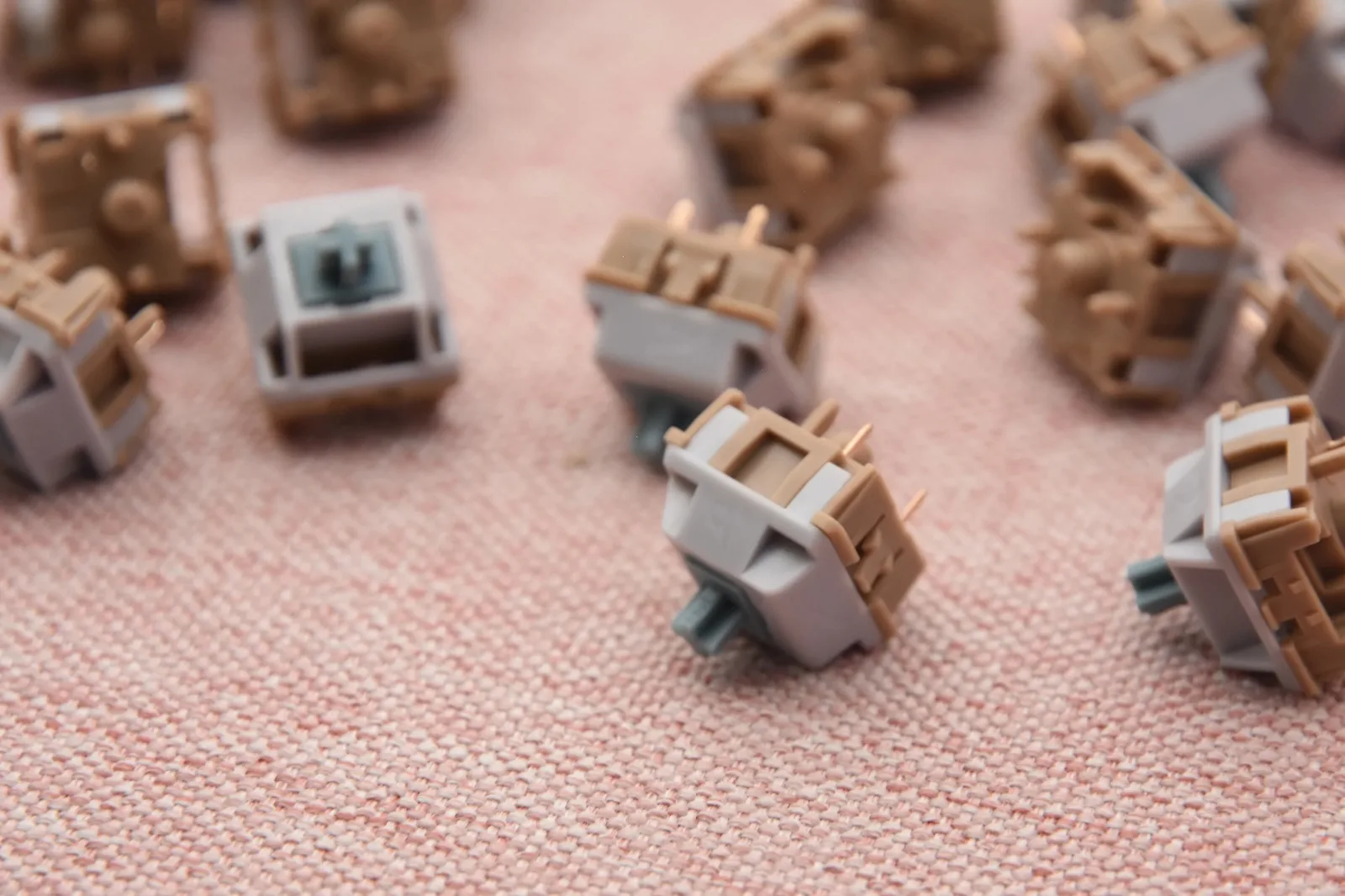Beginner’s Guide: How to Properly Lube Mechanical Keyboard Switches
Lubricating your mechanical keyboard switches can greatly improve typing feel and reduce noise. Whether you want a smoother gaming experience or a quieter desk, this guide will walk you through the process step by step, including tips for hot-swappable keyboards and pre-lubed switches.
Why Lubricate Keyboard Switches?
- Reduce friction: Keys press down more smoothly.
- Minimize noise: Lowers rattling or high-pitched sounds.
- Increase durability: Protects metal contacts and sliders.
- Enhance typing feel: Softer, more fluid keystrokes.
For those who prefer not to DIY, pre-lubed switches (lubed keyboard switches) provide smooth performance straight out of the box.
Tools You’ll Need
| Tool | Purpose |
| Switch opener | Opens the switch housing |
| Small brush | Applies lubricant precisely |
| Lubricant (e.g., Krytox 205g0) | Used on sliders and springs |
| Tweezers | Handles small switch parts |
| Keycap puller (optional) | Removes keycaps for access |
| Switch puller (for hot-swappable boards) | Removes switches easily |
Step-by-Step Lubrication Process
- Remove the switches: Pull out hot-swappable switches or desolder if necessary.
- Disassemble the switch: Use a switch opener to separate the top and bottom housing.
- Apply lubricant: Brush a thin layer onto the slider, spring, and rails of the lower housing. Avoid excess.
- Reassemble the switch: Snap the housing back together carefully.
- Reinstall switches: Place them back on the PCB and test each key.
Lubricating Without Desoldering
If your keyboard is hot-swappable, simply use a keycap puller and switch puller to remove switches and follow the same steps. This method is ideal for beginners and brands like Unikeyboards, especially when using lubed keyboard switches for optimal consistency.
How Often Should You Lube Switches?
The frequency depends on usage and environment. General guidance:
- Every 6–12 months, or when keys feel scratchy.
- Pre-lubed or hand-lubed switches can last longer without reapplication.
FAQs
Can I lube switches without opening them?
Spray lubes or syringes exist, but manual lubing is more precise.
Which lubricant should I use?
Krytox 205g0 for linear switches; thinner lubricants like Tribosys 3203 for tactile switches.
Are lubed switches better than stock?
Yes—lubed switches feel smoother and quieter. Pre-lubed lubed keyboard switches are convenient for those avoiding DIY.
Can all switch types be lubed?
Most mechanical switches benefit from lubing. Clicky switches may lose tactile feedback if over-lubed.
Explore our selection of mechanical keyboard switches, including lubed keyboard switches and DIY-ready options, to find the perfect fit for your typing or gaming setup.







